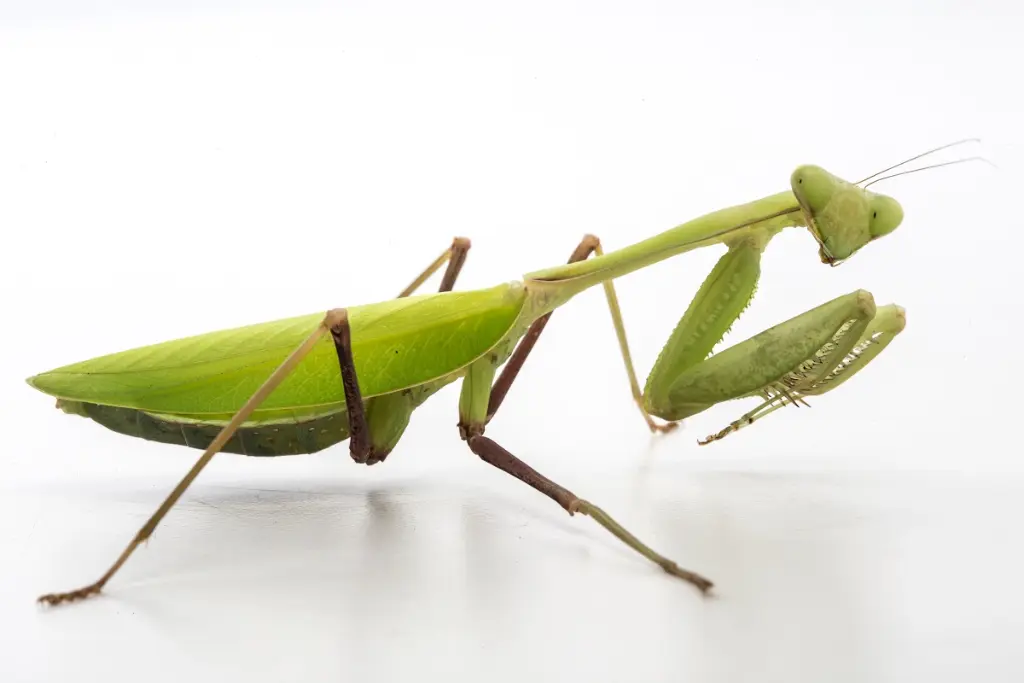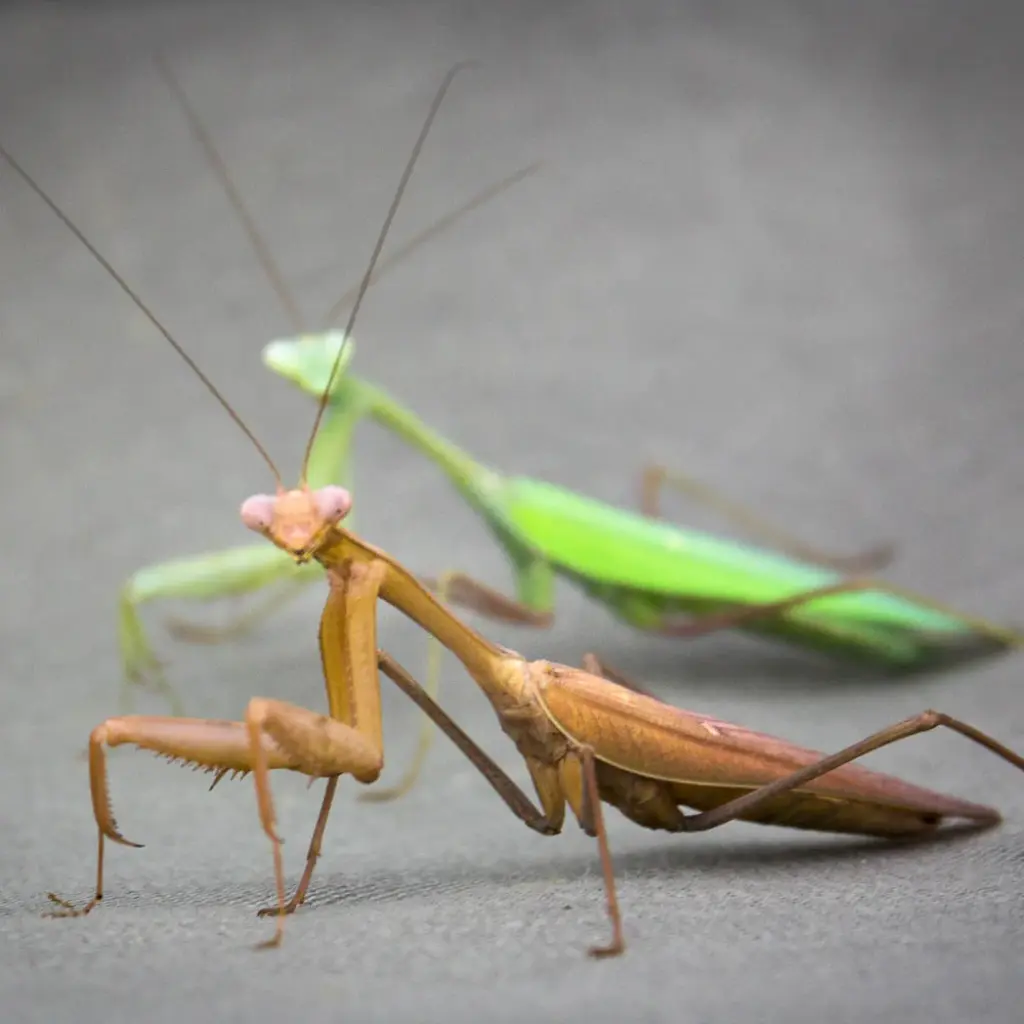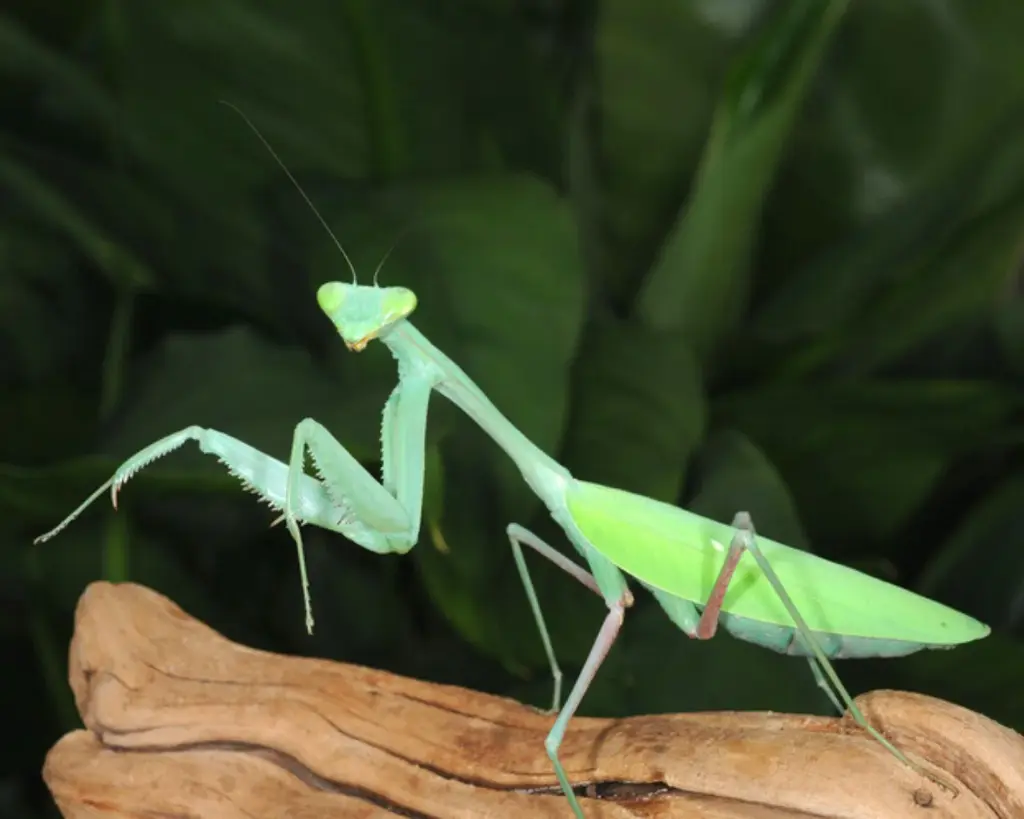Asian Mantis (Hierodula membranacea)
The Asian mantis (Hierodula membranacea) is a formidable predator renowned for its impressive size and voracious appetite. Native to Southeast Asia, this mantis species is a popular choice among insect enthusiasts due to its striking appearance and relatively easy care.

Physical Characteristics
The Asian mantis is one of the largest mantis species, with females often reaching lengths of up to 10 centimeters.
Their robust bodies are typically green or brown, providing effective camouflage in their natural habitat.
Physical Characteristics of the Asian Mantis
| Characteristic | Description |
|---|---|
| Size | Females: up to 10 cm; Males: slightly smaller |
| Coloration | Green, brown, or variations thereof |
| Body build | Robust and sturdy |
Behavior and Ecology
- Predatory behavior: As a top predator, the Asian mantis actively hunts for prey, using its powerful forelegs to capture insects, spiders, and even small vertebrates.
- Cannibalism: Like many mantis species, cannibalism is common, especially among nymphs and adult females.
- Habitat: Primarily found in tropical and subtropical regions of Southeast Asia, inhabiting a variety of habitats including forests, grasslands, and gardens.

Life Cycle
The Asian mantis undergoes incomplete metamorphosis, with stages including egg, nymph, and adult. Females lay large oothecae containing hundreds of eggs. Nymphs hatch after several weeks and undergo multiple molts before reaching adulthood.
Life Cycle Stages of the Asian Mantis
| Stage | Description |
|---|---|
| Egg | Laid in a foam-like ootheca |
| Nymph | Multiple molts as it grows |
| Adult | Reproductively mature stage |
Captive Care
The Asian mantis is a relatively easy species to care for, making it suitable for both beginner and experienced mantis keepers.
Table 2: Captive Care Requirements for Asian Mantis
| Need | Description |
|---|---|
| Terrarium | Tall enclosure with plenty of climbing space |
| Temperature | 25-30°C (77-86°F) |
| Humidity | 60-70% |
| Diet | Varied diet of live insects, including crickets, cockroaches, and even small pinkie mice |
Conservation
While not currently listed as endangered, habitat loss and pesticide use pose threats to mantis populations worldwide. Protecting natural habitats is crucial for the long-term survival of the Asian mantis.

The Asian mantis is a fascinating and impressive predator. Its combination of size, strength, and hunting prowess make it a captivating subject for observation and study. Understanding and appreciating this remarkable insect is crucial for its conservation.
Would you like to learn more about specific aspects of the Asian mantis, such as its mating behavior, potential health issues in captivity, or its role in the ecosystem?



